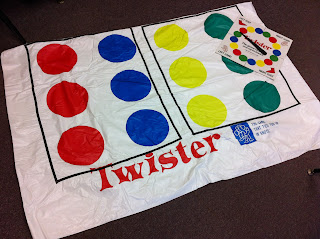Bring Bookshare To Your Tablet!

Is your child a Bookshare member? Do you have a tablet? Now you can bring Bookshare to your child's tablet! I have had multiple parents tell me that their child no longer fights them to read. These applications below allow your child to access books in the learning media that best fits their needs whether it be Braille, Large Print or Audio. Tablet : IPAD Bookshare Application : Read2Go Tablet : Android Bookshare Application: GO Read Tablet: KindleFire Bookshare Application : Darwin Reader

